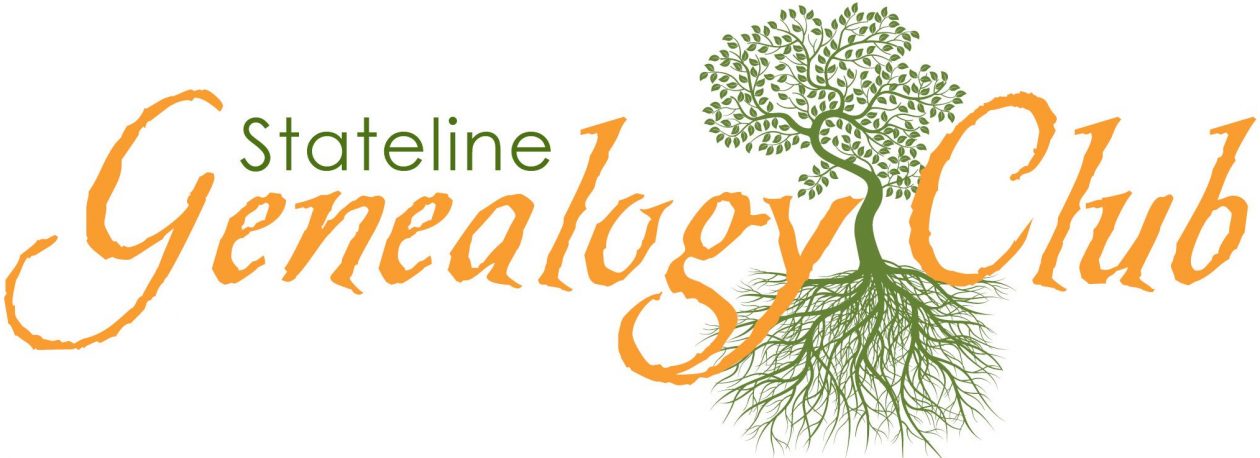Vicki’s note – article from Family Tree magazine, 11/14/2016 By Lauren Eisenstodt. Heh – we were all busy, so you now have time to read this after Thanksgiving:
∞
Thanksgiving Feast Traditions
One could argue that there’s no traditional American Thanksgiving dinner. While some families roast, deep-fry or barbecue their turkey, others opt for a vegetarian alternative such as Tofurky, or forego the bird altogether. So the question is: Who put the turkey in Turkey Day, and just how traditional is this “American tradition”?
Each family has its own take on this all-American meal. For some, the traditional side dishes are cornbread, cranberries and candied yams. Others stick to stuffing, mashed potatoes and green beans. And of course, each year every gourmet magazine strives to spice up the menu with fresh spins on what it considers the old standbys.
Here’s what really happened at the Pilgrim’s Thanksgiving meal in 1621.
What the Pilgrims Ate at the First Thanksgiving Dinner

on the menu. Pilgrims didn’t have access to sugar and potatoes in those days, and corn would have been as grain, made into bread or porridge.
could have eaten are Dutch cheese, wild grapes, lobster, cod and stewed pumpkin. The side dishes probably didn’t matter much to the Pilgrims, though. They didn’t eat a lot of vegetables and preferred meals comprised of several meats—which means that turkey probably wasn’t the focus of their Thanksgiving meal. See our five Thanksgiving myths debunked.
Table Manners, 1621-Style
Seventeenth-century table manners would seem foreign at our modern family feasts. Pilgrims didn’t use forks, and they wiped their hands on large cloth napkins, which they also used to pick up hot food. They set every dish on the table at once and placed the best foods next to the most important people. Rather than pass dishes, they ate what was closest to them (forget sampling the lobster if it was across the table).
Today, many families eat Thanksgiving dinner in early afternoon. This might spring from the Pilgrims’ custom of eating the biggest meal of the day at noon. But while modern Thanksgivings emphasize family togetherness, in the Pilgrims’ day, adults sat down to eat while children and servants waited on them.
What Date Was the Pilgrims “Thanksgiving” Feast?
The event now regarded as the first Thanksgiving wasn’t a true thanksgiving in the Pilgrims’ eyes, but rather a secular celebration of the season’s harvest. To the Pilgrims, a day of thanksgiving was one in which they gathered—usually in a church—to thank God for his mercies.
The three days of dancing, singing and playing games known as the first Thanksgiving were more of a fall festival, occurring sometime between Sept. 21 and Nov. 11.
And to historians’ knowledge, it was never repeated. Years later, New Englanders declared days of prayer and thanks. Nov. 30, 1777, the Continental Congress recommended a day of thanksgiving after US victory in the Battle of Saratoga.
But these were days of religious observance. And while Presidents Washington, Adams and Madison declared days of thanksgiving during their terms, the practice was not an annual tradition. In fact, Presidents Jefferson and John Quincy Adams considered it an infringement on the separation of church and state.
The Evolution of Thanksgiving

A Thanksgiving dinner table in 1923, Library of Congress
In the first half of the 1800s, the New England states had declared their own annual thanksgivings, which had become more secular and family-and-food focused. New Englanders had introduced the holiday to other parts of the country. By the mid-1800s, even Southern states, which had rejected the Yankee custom, began to celebrate thanksgivings.
In 1863, magazine editor Sarah Josepha Hale wrote to President Lincoln urging him to establish a national day of thanksgiving to unite the country. Taking her advice, President Lincoln declared the last Thursday in November, 1863, a national thanksgiving holiday.
Today’s Turkey Day

At the turn of the century, the holiday gained popularity as immigrants, trying to assimilate to their new home’s customs, added turkey to their ethnic cuisine. But it didn’t become an official, annual national holiday until 1941.
Today, Thanksgiving truly is an American tradition—though its roots might not stretch as deep as legend tells us. While menus vary by region and household, it’s a day when we come together as a nation to appreciate family and friendship. Just as the Pilgrims and Wampanoags did almost four centuries ago.
